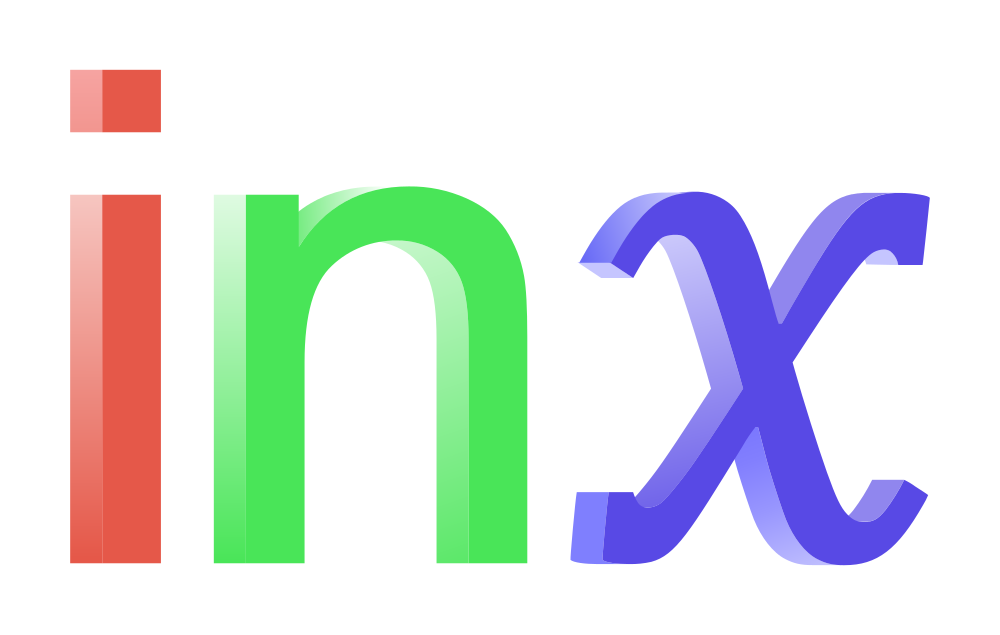-
The Curve
The Curve is a Sheffield-based Software Consultancy experienced in all things that make building, scaling, and running your business better and easier. We help organisations build or enhance business-critical systems, embed connected devices, and leverage software to create new commercial opportunities. Our core solutions and services include:Bespoke Software Development, MVP Builds, IoT Consultancy and Development, Mobile App…
-
DiveSol
DiveSol Delivers innovative software solutions tailored to your business needs. We specialize in Web & Mobile Development, SaaS Products, AI & Automation, Data & Analytics, Cloud & DevOps, Security & QA, and UI/UX Design. Our expert team transforms ideas into scalable, secure, and user-friendly digital experiences. From startups to enterprises, we empower businesses to grow…
-
Edge Media compute
Project Overview A growing number of service customers using inxware for IoT-enabled media systems to deliver their unique services or support their innovative edge-ai technologies were looking to scale on to new hardware to increase their scope in the deployed systems value chain. Many solution that would remain easily updateable to launch new services and features…
-
Domestic Smart Energy
Problem Statement Our customers found that the way energy is produced and consumed has an enormous impact on cost effectiveness and return on equipment investments. Data-driven consumption can not only reduce energy waste but also ensure it is consumed when abundant and not over-stretching supply when it is scarce or expensive. IoT-enabled devices include smart…
-
IoT Enabled Industrial Controller
Problem Statement An industrial heating system SME manufacturer required a state-of-the-art Industry 4.0 IoT controller to meet the demand for a diverse range of precision industrial process control applications and to help their wider markets in HVAC (Heating, Ventilation & Air conditioning) provide more energy-efficient and manageable operation. The product has to be easy to…
-
Queue Buffer Function Blocks
Function Block Friday: Queue Buffers This week, we’re diving into Buffers as Function Blocks. Buffers are essential elements of many robust systems for ensuring actions and data in asynchronous environments are dealt with. Though simple in concept buffers can be deceptively difficult to code robustly and efficiently, especially for memory-constrained applications. Lucid offers a range…
-
MODBUS Function Blocks
It’s FUNCTION BLOCK FRIDAY! – This week we are looking at MODBUS. One of the most persistent machine-to-machine communications protocols owing to its simplicity and flexibility that is experiencing a renaissance in applications such as heat pumps and solar PV Inverters and remains common in smart buildings, robotics and industrial automation. MODBUS is a standard…
-
State Machines
This week we will be showing off Finite State Machines (FSMs) and how easy and functional they are to build in lucid. Why use a state machine? A state machine is a model representing a system that can be in only one state at a time, transitioning between a finite set of states based on…
-
Calculation Function Blocks
This week, we’re diving into function block Math operations. IoT sensors, controllers or cloud data processing often needs to do some numerical work to make them smart. Lucid makes these operations incredibly straightforward. The most general maths function block allows algebraic expressions to be entered, or you can choose from individual operator function blocks, but…
-
Graphical UI Function Blocks
It’s week 3 of FBF and we’re looking at User Interfaces for devices. Graphical UIs in Lucid are built from inxware’s widget library that perform well-known user interactions such as displaying and acquiring text or numerical data from users. More advanced widgets include images, shaped objects, video, graphs, animation and even sound. To get started…
-
File I/O Function Blocks
Week 2 of the Function Block Friday posts is upon us and this week we are featuring ordinary file read and write blocks. Every programmer will be familiar with how files are accessed programmatically and Lucid does nothing unusual in this respect other than condense many lines of code into a single simple function block.…
-
MQTT Function Blocks
Introducing 🎉 FUNCTION BLOCK FRIDAY 🎉 To kick off this series on Lucid’s library of function blocks we’re introducing the IoT industry’s favourite device connectivity protocol – MQTT! If you don’t know MQTT, it’s a lightweight publish/subscribe messaging protocol used widely in devices and server messaging. Lucid lets you configure and run secure MQTT connections…

